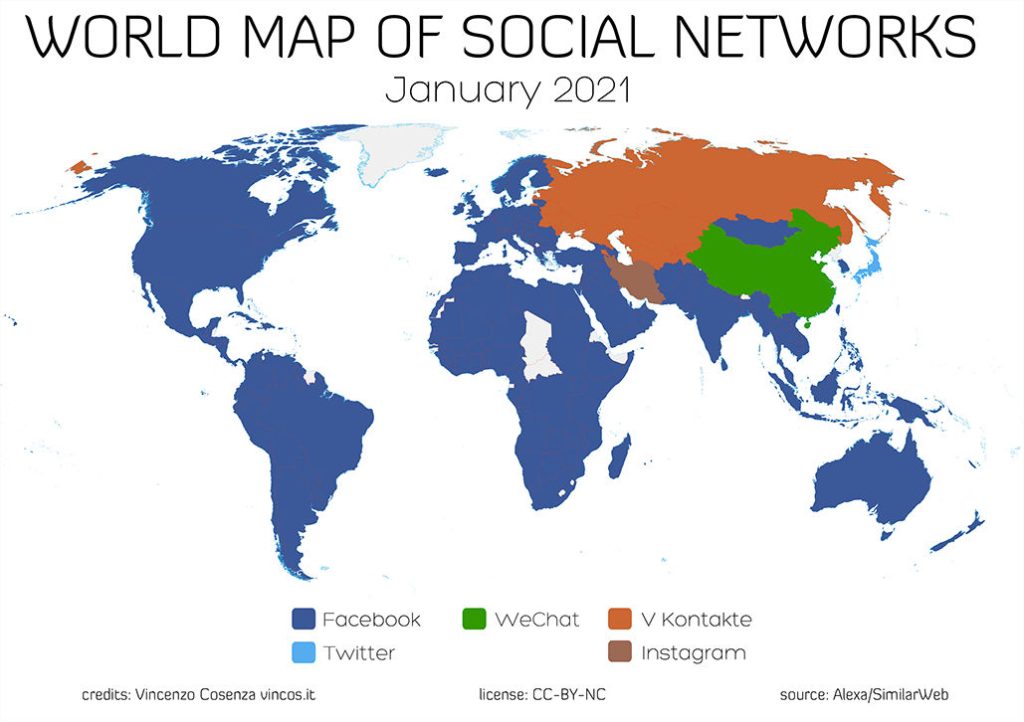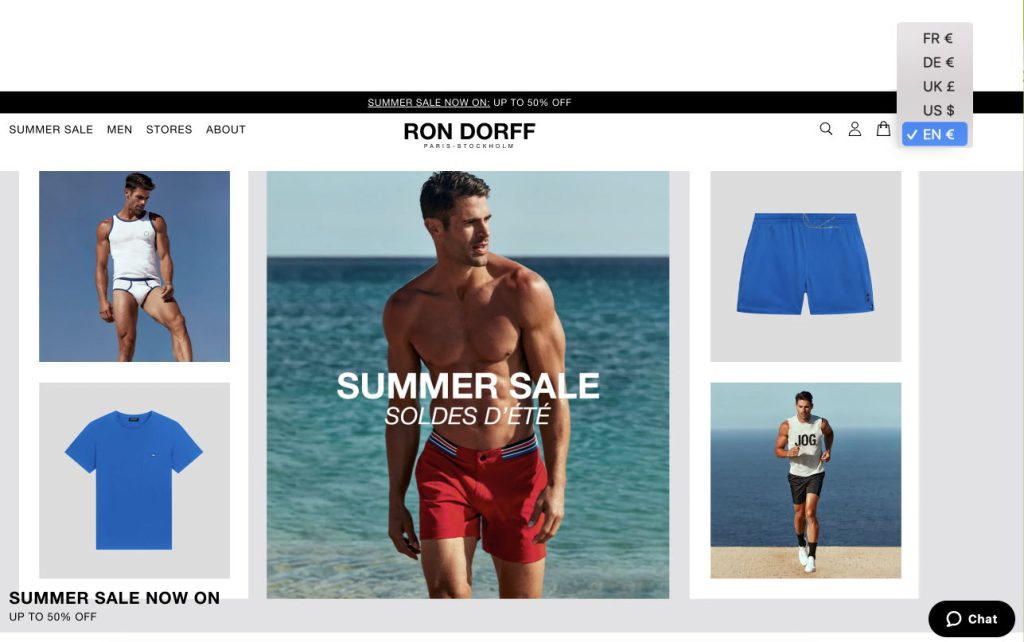With the globalization of trade, selling internationally online has become an unavoidable aspect of commerce. Ecommerce has grown so rapidly that limitations on how much and where one’s business can expand have become minimal.
It means that selling internationally has become significant in gaining customers and raising brand awareness – many may even say that selling internationally now affects brand credibility.
And, when it comes to the data, Statista shows that global cross-border ecommerce sales are expected to rise from $578.57 billion in 2019 to about $2248.57 billion in 2026, further fueling the numerous opportunities available for international-minded ecommerce merchants.
But, how does one ensure effectiveness when selling internationally? What can you do when potential new customers literally speak another language?
In this article, we give our top tips to ensure your international customers get the best experience possible and help you to establish yourself as an international seller.
1. Look into your website analytics
One of the first areas for identifying potential markets to expand into is to take a look at your website analytics. Tools such as Google Analytics or Mixpanel help you identify various factors such as which country your site is getting major clicks from, traffic increases, and other geographical data.
Sometimes you might have a defined strategy on who you’ll actually target, other times you’ll be basing it on real numbers and who you’re already organically reaching by looking into the behavior of people on your website.
Looking specifically at the geographical data within your website analytics will allow you to pinpoint website visitors from certain countries that are already visiting your store and more than likely bounce because you don’t offer certain localization aspects to help make that sale.
2. Understand your market and keep an eye on local competition
An important part of the process is to fully understand the market you want to target. You can’t expand your business without carrying out some form of research into who your new potential customers are.
This will be budget dependent and can be as thorough as hiring people who are familiar with the local market, or doing desk research. Whichever format you take you’ll be forming some kind of localization strategy that will allow you to enter a market with your eyes wide open.
Conducting research into the consumer behavior of a new market, their online shopping habits, and even how to catch their attention are just a couple of starting points.
Another area to look into is what your competitors are doing. This will give you a good understanding of what’s working for them.
Knowledge of local brands can give deep insights into the consumer behavior of a market. It also helps you form unique ideas that local customers could potentially be attracted to.
Understanding the particulars of the market that you’re planning to expand into is crucial for your growth as it’s this that will help you target local customers better – your product sells better if you know how to sell and to whom to sell to.
Another factor to be kept in mind is choosing the right channels for distribution.
Facebook and Google can be great channels for many, but certain countries have specific requirements that these channels may not be able to fulfill. It’s always best to be aware of your options so the most appropriate one can be chosen.
For example, Google is not serviceable in China, they use Baidu much more extensively. And, as seen below, certain social media platforms are preferred in certain countries, meaning you’ll be missing out on the Chinese market if you don’t add WeChat to your social media marketing plan.

3. Add payment methods and support local currencies
Paypal or credit card payments might not be as popular in your target market as cash on delivery or bank transfers.
This is why knowledge of the market is crucial and understanding how your new market purchase will allow you to make that all-important sale.
For example, in India, paying in the form of UPI is much more common and people prefer shopping from websites that offer this feature. Or take The Netherlands where they use iDeal an online banking payment method.
You’ll want to consider what each country prefers, and adapt. Only implementing a standard payment method and expecting the customer to adapt is a major risk to your conversion rate.
Coupled with payment methods is currency. Naturally, the majority of customers prefer paying in their local currency to avoid the hassle of conversion and can be prone to avoiding shopping from a brand altogether that doesn’t offer that option.
For example, this French-Swedish sportswear brand allows users to select the language and the correct currency associated with each country they ship to:

Integrating a currency converter plugin or app depending on your ecommerce CMS is a smart move to ensure this aspect of selling internationally is taken care of.
4. Ensure your store supports multiple languages
Even though using a widely spoken language such as English could be beneficial, 7 out of 10 people surveyed are more likely to buy from a website written in their native language.
So, even if you follow none of the advice listed above, know your store’s translations rule. If your potential new customers can’t understand your website they won’t get far or even make it to the checkout.
That means you’ll need to ensure the whole of your ecommerce store is translated.
To achieve that you can either go down the traditionally manual route of website translation and duplicate your store into as many languages as needed then use a professional translator to handle the text translation. You’ll also need to consider the implementation side of things.
While human translation is a solid strategy, it’s often costly. You’ll also need to factor in collating all the content of your website so it’s ready for translation. Plus, having multiple websites per country is also problematic for time management reasons.
A brand can opt for multiple websites or a single website with multiple subpages. However, taking SEO into consideration, it is always better to have a single strong domain with multiple subdomains for various languages.
That’s where a website translation software comes in. This method is fully automated as after a simple install it will detect, translate and display the content of your store without needing to duplicate it.
This approach also allows you to combine machine translation and human translators. Offering a first layer of machine translation that can be left as it is or further edited and managed through a separate interface.
You’ll also feel at ease as you’ll be using a website translation method that automatically syncs with your store, meaning any new products added will be translated instantly.
On the whole, website translation software can save you money, and time, and automate previously manual tasks.
Conclusion
Selling internationally online is a great opportunity for a brand’s growth and allows one to progress significantly in terms of sales if done right. If you are to take control of the challenges it brings in, then there is a whole new world out there to sell to.
This is just a small guide on how you can ensure you take the right steps to set up your business internationally. Here’s hoping this article inspires you to explore more horizons and sell to customers from all around the globe!
About the author

Vaishakh Gopalakrishnan Junior Content Marketer
Vaishakh is Junior Content Marketer at Weglot. Weglot is a no-code translation software that makes your website multilingual in minutes. 60,000+ websites use Weglot to streamline their website translation process.
Also interesting
Another important practise when selling internationally is to make sure your online shop is compliant with all local recycling laws. Otherwise you might face high fines. Here you can find information about the EPR/recycling laws in Europe and how you can easily fulfil them:
How to get an EPR registration number for Amazon & Co.
To whom does the German Packaging Act (VerpackG) apply and what will change in 2022?
The Triman Logo: Obligations for e-commerce in France
